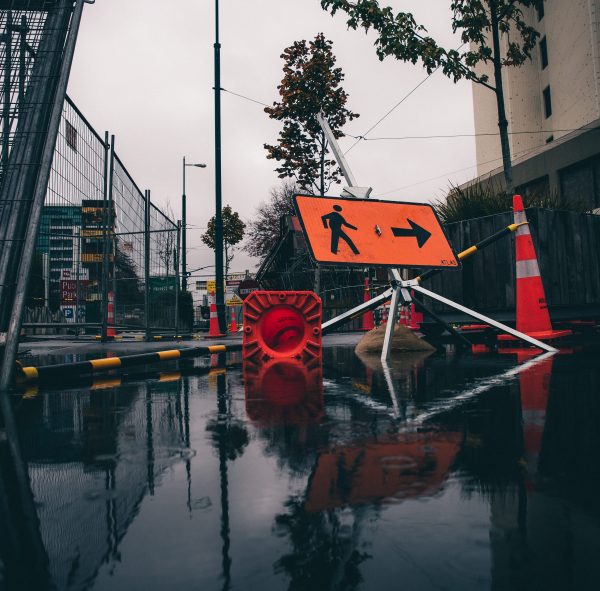
With an updated death toll of 29 following one of the strongest storms in US history, Florida citizens are fighting to put the pieces of their lives back together.
Panhandle communities across the state faced unprecedented devastation when Hurricane Michael came ashore on Wednesday, October 10th. Some homes withstood major flooding, while others were completely demolished. Some were picked up by the waves and dropped 40 feet away, others collapsed, trapping their residents inside.
1,700 search and rescue workers, multiple water rescue teams, nearly 300 ambulances, and countless volunteers, first responders, and off-duty policemen all continue to work together tirelessly searching the wreckage (it was last reported that 520 of the 2,100 people reported missing since the storm came ashore had been located) and bringing aid to survivors.
While food and water remain one of the most desperate needs, countless people are suffering from a lack of electricity and medicine. Insulin-starved diabetics are being found trapped in their homes, hours away from diabetic shock, sick people are discovered on their last tank of oxygen, and dialysis patients are going days without electricity.
Particularly hard-hit areas like Callaway (a suburb of Panama City) are full of the tragic stories like that of a now-homeless 45 year-old nursing assistant caring for her mother and two children, or the 29 year-old man living in a tent with his daughter and girlfriend after their three cars were damaged and their home and all their belongings were destroyed.
Nonetheless, hope is not yet lost. While some residents find themselves with no choice but to sell and relocate, many locals are determined to rebuild and breathe life back into their towns.
One volunteer in the recovery efforts was reminded of the strength and determination of the community while he was out on the job one afternoon. As he drove along a line of rubble and ruin, he passed a now-empty patch of land; the site of a house that had been lifted completely off its foundation and thrown without a trace left behind. The only thing remaining was a single folding chair and one woman, seated in the absence of her livelihood, smiling and waving at the workers as they passed her by.

